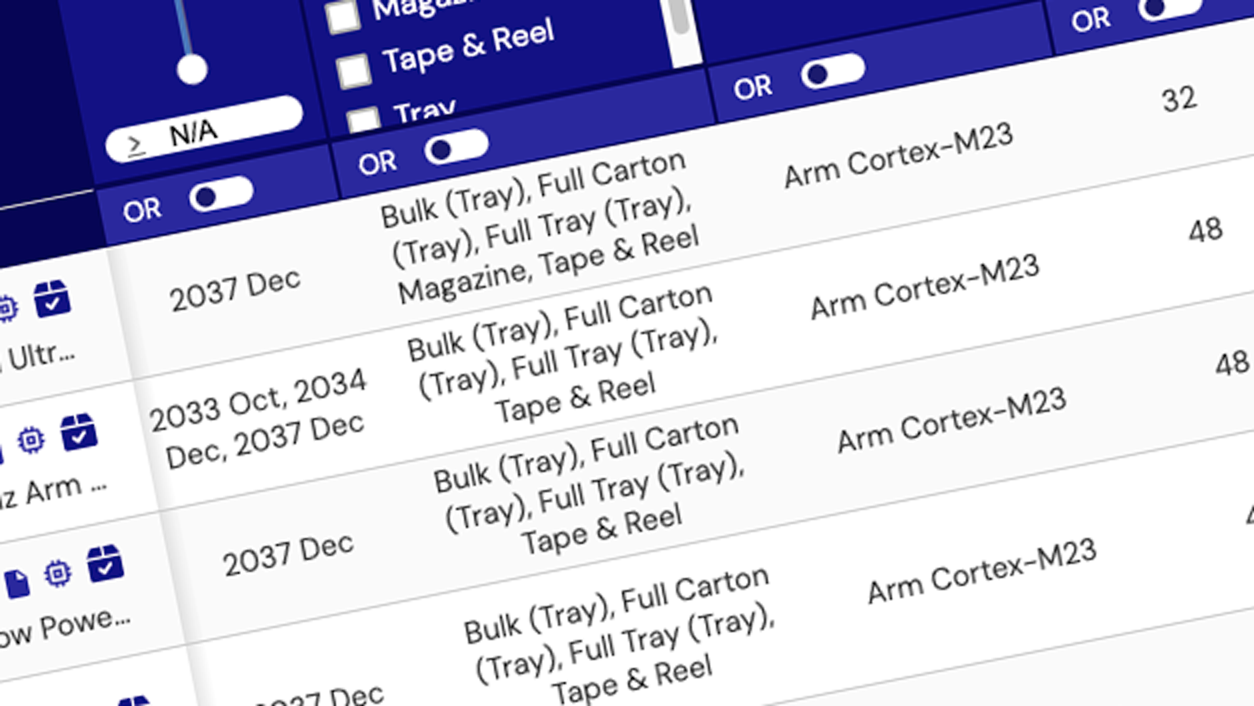Boost converters, also known as step-up converters, are DC/DC power converters with an output voltage greater than its input voltage. The device boosts the voltage of the power source that is less than the VOUT.
Categories

Product Selector: Step-up (Boost)
Explore our catalog of products through our parametric product selector tool. Compare specifications across various parameters to find the right part for your design.
Product SelectorVideos & Training
Renesas introduces the ISL78227 and ISL78229 automotive-grade 55V, 2-phase synchronous boost controllers. The ISL78229 features a PMBus interface for advanced control, telemetry, and diagnostics. Renesas showcases how these devices address common challenges in automotive power design.